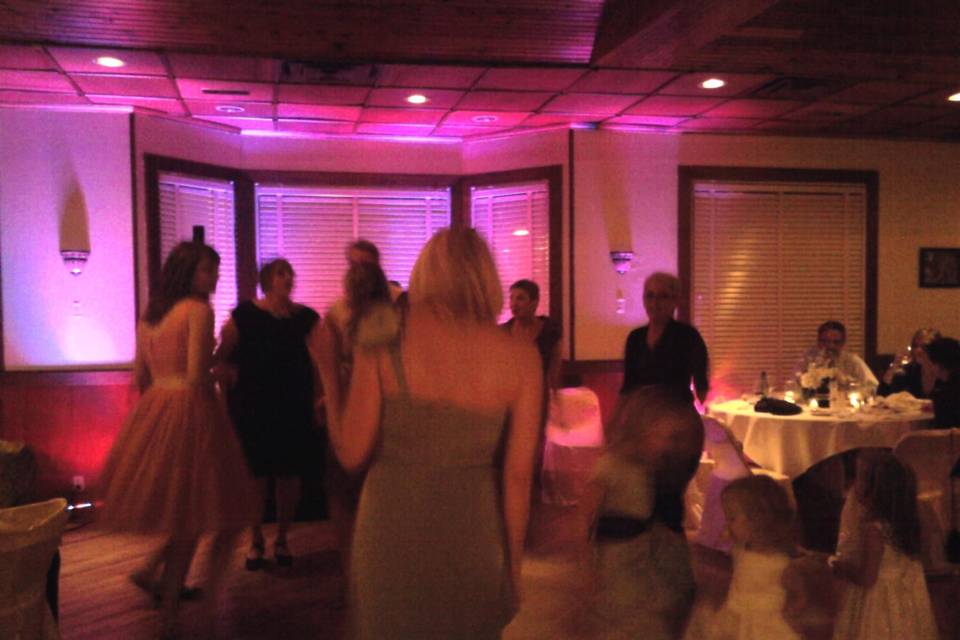Mastering the Art of Flawless Video Projection on Curved Surfaces for Stunning Graphic Experiences
Mastering the Art of Flawless Video Projection on Curved Surfaces for Stunning Graphic Experiences
Blog Article
Video mapping is an innovative technique that allows visuals and footage to be projected onto areas, creating breathtaking visual experiences. When it comes to curved surfaces, perfecting this craft can be a bit more challenging than projecting onto level planes. Curved areas can encompass various elements from the sides of buildings to sculptures and even stages. Understanding how to effectively project footage onto these forms is essential for artists, design professionals, and event organizers who want to create immersive settings that captivate audiences.
The first phase in video mapping on rounded areas is to comprehend the geometry of the area. Curved areas can be intricate, with varying degrees of bend. To attain a seamless projection, it is vital to create a 3D representation of the area. This model helps in visualizing how the footage will appear when projected. Applications tools are accessible that allow users to create these models and mimic the projection. By precisely mapping the measurements and shapes of the area, designers can ensure that the footage aligns perfectly without warping.
Once the 3D representation is ready, the next phase is to edit the video content. This involves modifying the video to suit the specific form and dimensions of the curved surface. It is crucial to take into account the perspectives and sightlines from which the viewers will view the projection. The material should be crafted to enhance the visual experience, making it engaging and pertinent to the theme of the event or installation. Using high-quality visuals and motion graphics can greatly improve the total effect of the display.
After top article preparing the content, the actual projection process starts. This includes setting up the devices at the correct positions and spaces to guarantee that the video aligns with the 3D model. Adjustment is a key part of this process. It may require adjusting the brightness, differentiation, and focus of the projectors to achieve the optimal outcomes. Additionally, using several projectors may be required to encompass larger or more intricate surfaces. This technique, known as seamless projection, helps form a seamless image across the whole area.
Ultimately, testing the display is essential before the final show. This enables creators to make any necessary modifications to the video and projector configurations. It is also an chance to see how the viewers will perceive the projection from various viewpoints. By ensuring that the footage mapping is flawless, designers can deliver a stunning visual encounter that creates a lasting impact. Perfecting video projection on curved surfaces not only improves artistic output but also opens up new opportunities for storytelling and viewer interaction in multiple environments.